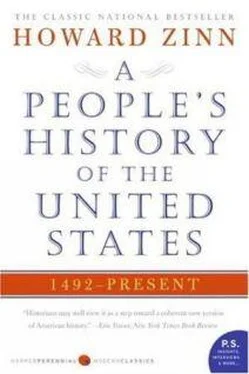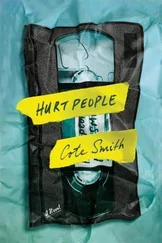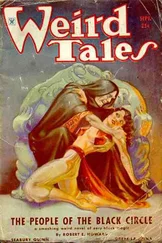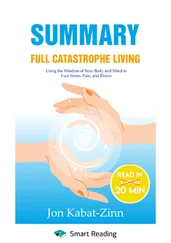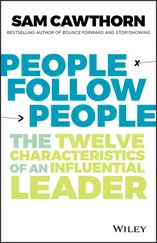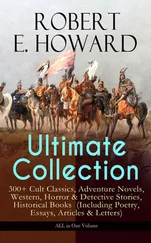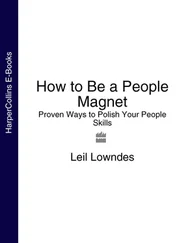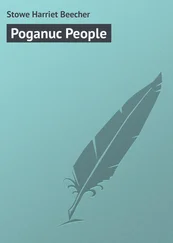Howard Zinn - A People
Здесь есть возможность читать онлайн «Howard Zinn - A People» весь текст электронной книги совершенно бесплатно (целиком полную версию без сокращений). В некоторых случаях можно слушать аудио, скачать через торрент в формате fb2 и присутствует краткое содержание. Издательство: Harper-Collins, Жанр: Фэнтези, на английском языке. Описание произведения, (предисловие) а так же отзывы посетителей доступны на портале библиотеки ЛибКат.
- Название:A People
- Автор:
- Издательство:Harper-Collins
- Жанр:
- Год:неизвестен
- ISBN:нет данных
- Рейтинг книги:4 / 5. Голосов: 1
-
Избранное:Добавить в избранное
- Отзывы:
-
Ваша оценка:
- 80
- 1
- 2
- 3
- 4
- 5
A People: краткое содержание, описание и аннотация
Предлагаем к чтению аннотацию, описание, краткое содержание или предисловие (зависит от того, что написал сам автор книги «A People»). Если вы не нашли необходимую информацию о книге — напишите в комментариях, мы постараемся отыскать её.
A People — читать онлайн бесплатно полную книгу (весь текст) целиком
Ниже представлен текст книги, разбитый по страницам. Система сохранения места последней прочитанной страницы, позволяет с удобством читать онлайн бесплатно книгу «A People», без необходимости каждый раз заново искать на чём Вы остановились. Поставьте закладку, и сможете в любой момент перейти на страницу, на которой закончили чтение.
Интервал:
Закладка:
When the Pilgrims came to New England they too were coming not to vacant land but to territory inhabited by tribes of Indians. The governor of the Massachusetts Bay Colony, John Winthrop, created the excuse to take Indian land by declaring the area legally a "vacuum." The Indians, he said, had not «subdued» the land, and therefore had only a «natural» right to it, but not a "civil right." A "natural right" did not have legal standing.
The Puritans also appealed to the Bible, Psalms 2:8: "Ask of me, and I shall give thee, the heathen for thine inheritance, and the uttermost parts of the earth for thy possession." And to justify their use of force to take the land, they cited Romans 13:2: "Whosoever therefore resisteth the power, resisteth the ordinance of God: and they that resist shall receive to themselves damnation."
The Puritans lived in uneasy truce with the Pequot Indians, who occupied what is now southern Connecticut and Rhode Island. But they wanted them out of the way; they wanted their land. And they seemed to want also to establish their rule firmly over Connecticut settlers in that area. The murder of a white trader, Indian-kidnaper, and troublemaker became an excuse to make war on the Pequots in 1636.
A punitive expedition left Boston to attack the NarraganseIt Indians on Block Island, who were lumped with the Pequots. As Governor Winthrop wrote:
They had commission to pat to death the men of Block Island, but to spare the women and children, and to bring them away, and to take possession of the island; and from thence to go to the Pequods to demand the murderers of Captain Stone and other English, and one thousand fathom of wampum for damages, etc. and some of their children as hostages, which if they should refuse, they were to obtain it by force.
The English landed and killed some Indians, but the rest hid in the thick forests of the island and the English went from one deserted village to the next, destroying crops. Then they sailed back to the mainland and raided Pequot villages along the coast, destroying crops again. One of the officers of that expedition, in his account, gives some insight into the Pequots they encountered: "The Indians spying of us came running in multitudes along the water side, crying, What cheer, Englishmen, what cheer, what do you come for? They not thinking we intended war, went on cheerfully… -"
So, the war with the Pequots began. Massacres took place on both sides. The English developed a tactic of warfare used earlier by Cortes and later, in the twentieth century, even more systematically: deliberate attacks on noncombatants for the purpose of terrorizing the enemy. This is ethno historian Francis Jennings's interpretation of Captain John Mason's attack on a Pequot village on the Mystic River near Long Island Sound: "Mason proposed to avoid attacking Pequot warriors, which would have overtaxed his unseasoned, unreliable troops. Battle, as such, was not his purpose. Battle is only one of the ways to destroy an enemy's will to fight. Massacre can accomplish the same end with less risk, and Mason had determined that massacre would be his objective."
So the English set fire to the wigwams of the village. By their own account: "The Captain also said, We must Burn Them; and immediately stepping into the Wigwam… brought out a Fire Brand, and putting it into the Matts with which they were covered, set the Wigwams on Fire." William Bradford, in his History of the Plymouth Plantation written at the time, describes John Mason's raid on the Pequot village:
Those that escaped the fire were slaine with the sword; some hewed to peeces, others rune throw with their rapiers, so as they were quickly dispatchte, and very few escaped. It was conceived they thus destroyed about 400 at this time. It was a fearful sight to see them thus frying in the fyer, and the streams of blood quenching the same, and horrible was the stincke and sente there of, but the victory seemed a sweete sacrifice, and they gave the prayers thereof to God, who had wrought so wonderfully for them, thus to inclose their enemise in their hands, and give them so speedy a victory over so proud and insulting an enimie.
As Dr. Cotton Mather, Puritan theologian, put it: "It was supposed that no less than 600 Pequot souls were brought down to hell that day."
The war continued. Indian tribes were used against one another, and never seemed able to join together in fighting the English. Jennings sums up:
The terror was very real among the Indians, but in time they came to meditate upon its foundations. They drew three lessons from the Pequot War: (1) that the Englishmen's most solemn pledge would be broken whenever obligation conflicted with advantage; (2) that the English way of war had no limit of scruple or mercy; and (3) that weapons of Indian making were almost useless against weapons of European manufacture. These lessons the Indians took to heart.
A footnote in Virgil Vogel's book This Land Was Ours (1972) says: "The official figure on the number of Pequots now in Connecticut is twenty-one persons."
Forty years after the Pequot War, Puritans and Indians fought again. This time it was the Wampanoags, occupying the south shore of Massachusetts Bay, who were in the way and also beginning to trade some of their land to people outside the Massachusetts Bay Colony. Their chief, Massasoit, was dead. His son Wamsutta had been killed by Englishmen, and Wamsuttas brother Metacom (later to be called King Philip by the English) became chief. The English found their excuse, a murder which they attributed to Metacom, and they began a war of conquest against the Wampanoags, a war to take their land. They were clearly the aggressors, but claimed they attacked for preventive purposes. As Roger Williams, more friendly to the Indians than most, put it: "All men of conscience or prudence ply to windward, to maintain their wars to be defensive."
Jennings says the elite of the Puritans wanted the war; the ordinary white Englishman did not want it and often refused to fight. The Indians certainly did not want war, but they matched atrocity with atrocity. When it was over, in 1676, the English had won, but their resources were drained; they had lost six hundred men. Three thousand Indians were dead, including Metacom himself. Yet the Indian raids did not stop.
For a while, the English tried softer tactics. But ultimately, it was back to annihilation. The Indian population of 10 million that lived north of Mexico when Columbus came would ultimately be reduced to less than a million. Huge numbers of Indians would die from diseases introduced by the whites. A Dutch traveler in New Netherland wrote in 1656 that "the Indians… affirm, that before the arrival of the Christians, and before the smallpox broke out amongst them, they were ten times as numerous as they now are, and that their population had been melted down by this disease, whereof nine-tenths of them have died." When the English first settled Martha's Vineyard in 1642, the Wampanoags there numbered perhaps three thousand. There were no wars on that island, but by 1764, only 313 Indians were left there. Similarly, Block Island Indians numbered perhaps 1,200 to 1,500 in 1662, and by 1774 were reduced to fifty-one.
Behind the English invasion of North America, behind their massacre of Indians, their deception, their brutality, was that special powerful drive born in civilizations based on private property. It was a morally ambiguous drive; the need for space, for land, was a real human need. But in conditions of scarcity, in a barbarous epoch of history ruled by competition, this human need was transformed into the murder of whole peoples. Roger Williams said it was a depraved appetite after the great vanities, dreams and shadows of this vanishing life, great portions of land, land in this wilderness, as if men were in as great necessity and danger for want of great portions of land, as poor, hungry, thirsty seamen have, after a sick and stormy, a long and starving passage. This is one of the gods of New England, which the living and most high Eternal will destroy and famish.
Читать дальшеИнтервал:
Закладка:
Похожие книги на «A People»
Представляем Вашему вниманию похожие книги на «A People» списком для выбора. Мы отобрали схожую по названию и смыслу литературу в надежде предоставить читателям больше вариантов отыскать новые, интересные, ещё непрочитанные произведения.
Обсуждение, отзывы о книге «A People» и просто собственные мнения читателей. Оставьте ваши комментарии, напишите, что Вы думаете о произведении, его смысле или главных героях. Укажите что конкретно понравилось, а что нет, и почему Вы так считаете.
